L’Office français de la biodiversité (OFB) lance la deuxième phase de son cinquième Appel à Manifestations d’Intérêt (AMI) finançant ou co-finançant des suivis standardisés pour évaluer l’efficacité de mesures de gestion mises en œuvre au sein du réseau Natura 2000. Il fait suite à quatre AMI précédemment lancés.
Research and publish the best content.
Get Started for FREE
Sign up with Facebook Sign up with X
I don't have a Facebook or a X account
Already have an account: Login
Revue de presse et du net par le Pôle de partage des connaissances S&T de l'Office français de la biodiversité
Curated by
DocBiodiv
 Your new post is loading... Your new post is loading...
 Your new post is loading... Your new post is loading...
|
|




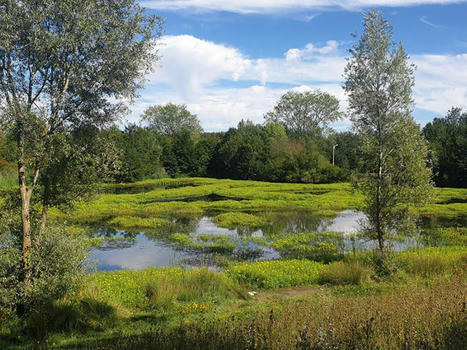

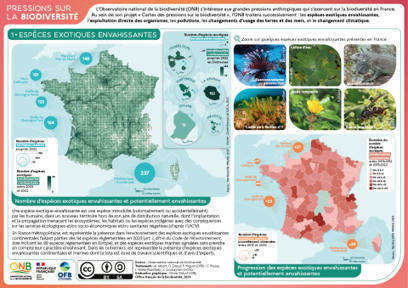

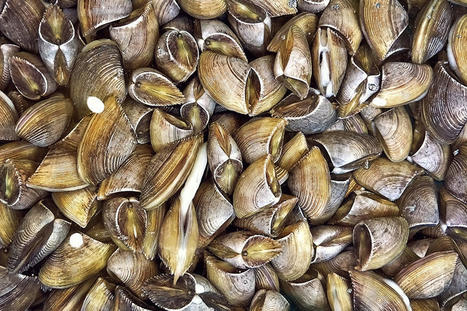

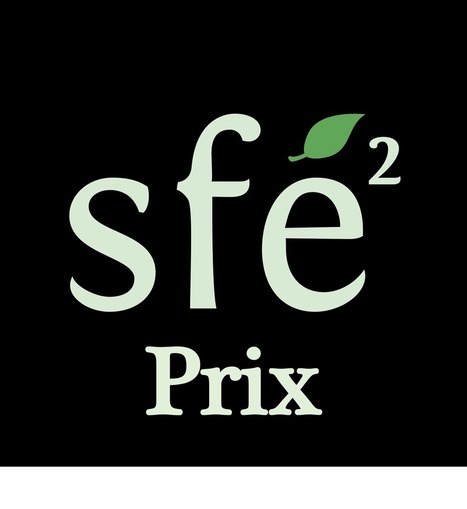

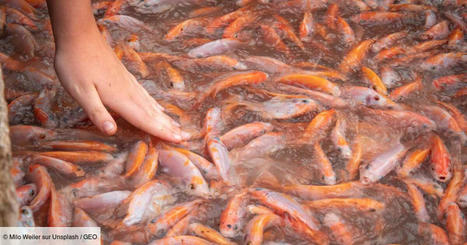
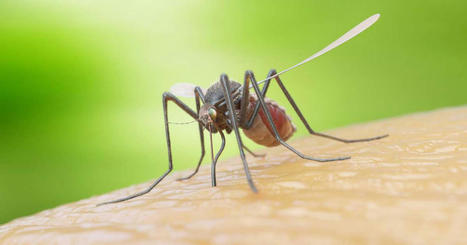
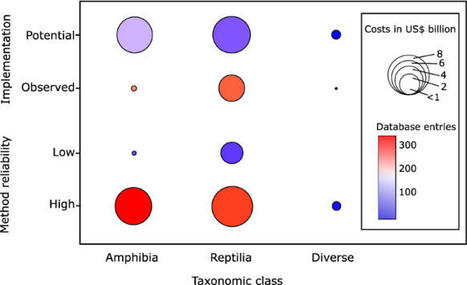
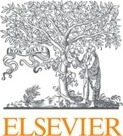






Voir aussi Évaluation de l’efficacité des mesures Natura 2000 : un programme national d'appels à manifestation d'intérêt